The swift rise in demand for electric cars has never been more apparent.
Over 600,000 plug-in vehicles are now on UK roads and showrooms are crammed full of mild-hybrid, plug-in and fully electric models. Drivers are almost spoilt for choice but the available selection of models is set to expand considerably. The Society of Motor Manufacturers and Traders (SMMT) forecasts that around 300 plug-in models will be on sale in the UK by 2025.
One of the significant draws of a pure-electric vehicle is its supposedly greater reliability. EVs have fewer moving parts than cars with conventional, internal-combustion engines, so the chances of mechanical failure are reduced.
The What Car? Reliability Survey from July 2021 found that just 5% of Tesla Model 3s suffered a fault within a 12-month period, for instance. But when drivers run out of charge, or the brakes, tyres, electric motors or suspension systems go wrong, someone needs to be there to fix them.
The influx of EVs has meant that, just like consumers, vital services have had to adapt. These include breakdown companies, where equipment, mobile patrols and working practices have had to be adjusted to reflect the pace of EV adoption. To put that rate of uptake into context, 73,893 electric cars were registered in the UK in the first half of 2021.
Changes became evident at the RAC in 2019, when the firm launched an EV flat battery recovery scheme, providing mobile support using 3.5kW electric chargers to help those stranded with no power. Recovery vehicles carry sizable generators to supply power to the broken-down car, drawing their energy from the vehicle’s 1.9-litre diesel engine.
The RAC says its chargers are capable of supporting 99% of all electric models on UK roads today and it is continuing to expand the availability and speed of its EV Boost system within its patrol fleet.
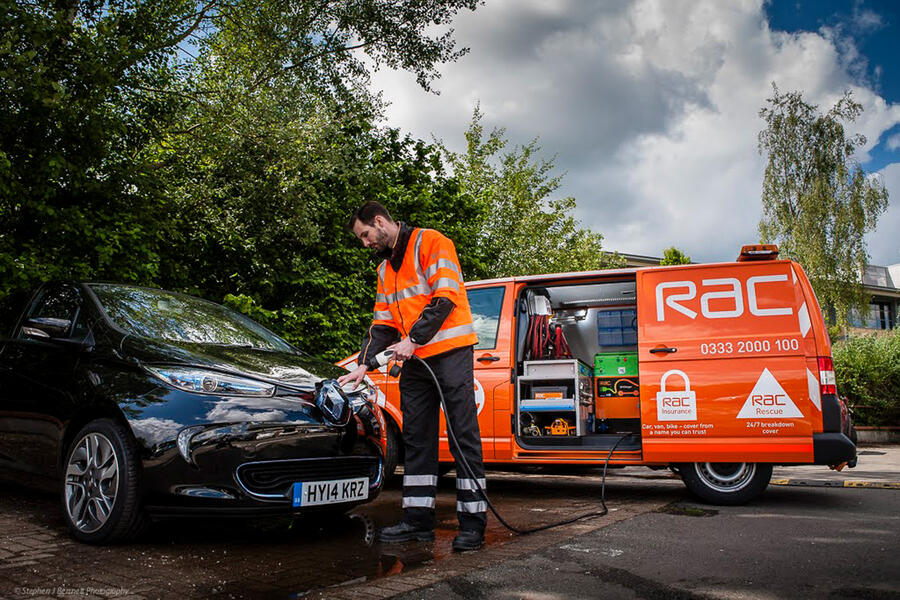
“We started with a 3.5kW charger, which we’ve uprated to 5kW, which means we can give a range of 10 miles in around 30 minutes,” the RAC told Autocar. “Very soon, we should have a 7.5kW unit, giving a faster emergency charge… By the end of 2021, we’ll have 200 vans equipped with EV Boost, and next year, we will roll out another 120, which will mean one in every five RAC patrol vans will be able to give electric vehicles an emergency roadside boost.”
When drivers do get stuck in dangerous locations, be it from a lack of charge or a more serious accident, there are further issues to overcome. Electric vehicles can’t be towed like their internal-combustion-engined counterparts, which poses a new challenge for recovery businesses.
“It’s always safer to tow an EV with all four wheels off the ground,” the RAC said. “We’ve added a dolly to the existing rapid deployment trailers that all our patrols have in the back of their vans, in order to create the All Wheels Up rapid recovery system. If, for some reason, we have to tow an EV to a garage, more of our patrols can do this, rather than the driver having to wait for a separate large flatbed vehicle to be called out.”
The RAC’s patrol vehicles are diesel powered and the firm says this is still the most feasible way to recover stranded cars because suitable electric vans aren’t yet ready for recovery requirements.
“There aren’t currently any electric vans that can carry the weight we need, tow broken down vehicles and have a range of 250-plus miles,’’ the RAC said. “We are constantly testing electric vans, and as soon as one becomes available that is close to meeting our requirements, we will test it. We are in the process of electrifying our company car fleet.”
Along with the equipment changes, mobile mechanics have had to adapt to ensure that work carried out on electric cars is conducted safely. The AA is making similar strides to the RAC. The company has been training patrol members for EV recovery since 2012, using two levels of instruction. Level one patrol staff are designated with ‘EV awareness,’ having attained knowledge of high-voltage and EV systems, and are permitted to work directly on an electric vehicle, but not on a high-voltage system. Level two patrols are ‘EV prepared,’ which means they can “isolate and reinstate the vehicle’s high-voltage system where it might be necessary to do so for safety reasons,” the firm said.
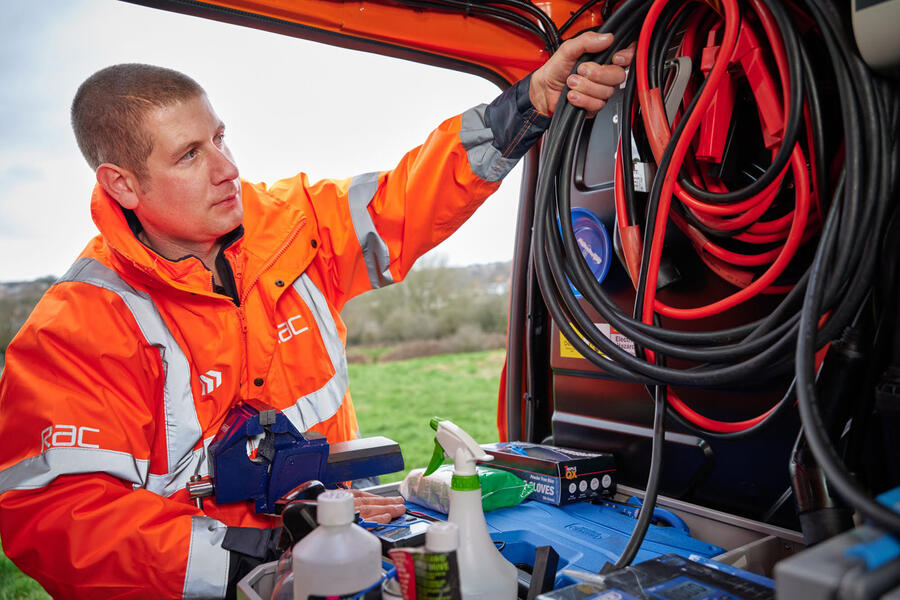
Despite this, the most frequent issues are similar to those of internal-combustion models. “The most common faults remain the same as we find with our combustion-engine customers,” said Damon Jowett, Green Flag’s head of service delivery. “These include issues with tyres and with the 12V starter battery. These account for around 80% of our breakdown faults across our customer base, and whilst the data sample is smaller, EVs do seem to be following that trend.
“The consumer perception is that range or running out of charge would be the most prevalent cause for a breakdown, and whilst they do occur, it’s the traditional tyre and flat battery issues that seem to be the cause of requiring our breakdown assistance,” Jowett added, referring to the 12V battery used by most cars.
Green Flag also believes education is vital to support customers. Jowett said: “Education is key to helping customers make the transition to EVs as they attempt to decipher range, charge times, vehicle cost and the changes in mechanics. Once an EV purchase has been made, if we can try to provide them with education around finding access to tools that help locate charging points, speed of chargers and journey mapping, this will help offset any range/ charge anxiety they have.
“We already cover customers for EVs, but it’s our role to ensure our customers are aware that our products do cover them for breakdowns and provide them with peace of mind, as this will help them feel more confident in purchasing a vehicle of this type.”
Big EV hurdles ahead for independent breakdown firms
While the biggest players in the industry are adapting to change, many independents are facing severe consequences from the rise of electric vehicles.
“Over the last 10 years, we’ve been so underfunded as an industry,” said Steve Smith, president of the Association of Vehicle Recovery Operators. The two core issues that need to be addressed, he said, are training and equipment.
“It’s almost like a double-edged sword. Firstly, electric vehicles on the road are heavier, so we need heavier vehicles and more specialist equipment and different types of strategies to be able to recover them.”
The other side of the sword, Smith said, is that future recovery vehicles will also need to be powered by electricity, which will lead to issues with payload limits and a massive increase in costs.
“One recovery vehicle at the moment can carry two or three broken-down cars, whereas the vehicles we’re looking to purchase in five or 10 years’ time will only be able to carry one,” he said. “There is a huge increase in cost in terms of ‘less revenue per journey’.”
Smith also noted that standard 3.5-tonne beavertail recovery vehicles are already borderline for weight restrictions and could be obsolete within five years. Compared with a diesel counterpart, the Renault Master electric van has a payload capacity reduced by 40% and the Volkswagen eTransporter is capable of carrying 19% less, he said.
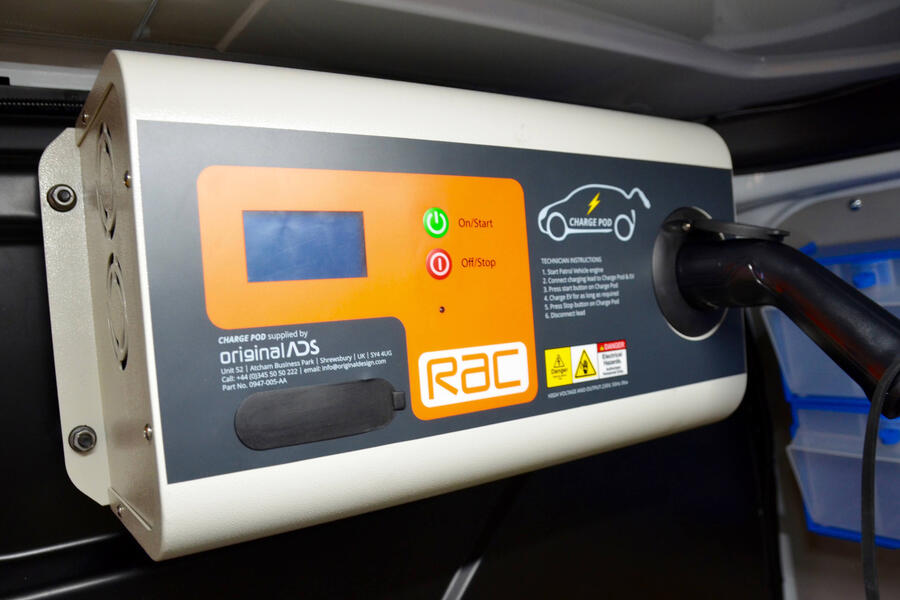
For those working at independent firms, cost appears to be the biggest barrier for the jump to electric. Training in particular can be costly, with some high-end EV training schemes costing as much as £1500.
Smith said: “To be a recovery operator, you should really adhere to PAS 43 standards. Within that, all our engineers on the road should have a certain minimum standard of training.
“When you’re looking at electric vehicles, even in the most basic of training, there’s a cost. For some of our guys to be completely independent at the roadside, some of these advanced electric vehicles training schemes are about £1500 per delegate. “These are the top-end ones where you can arrive at the scene, disconnect a vehicle at its power… It’s unsustainable.”
The government has a role to play, according to Smith. He suggests looking at the core issues of training and equipment, as well as improving communication with emergency services.
Talks with the emergency services, the Faraday Institute, the Department for Transport and Highways England are ongoing, but Covid, Brexit and other issues mean progress has stalled.


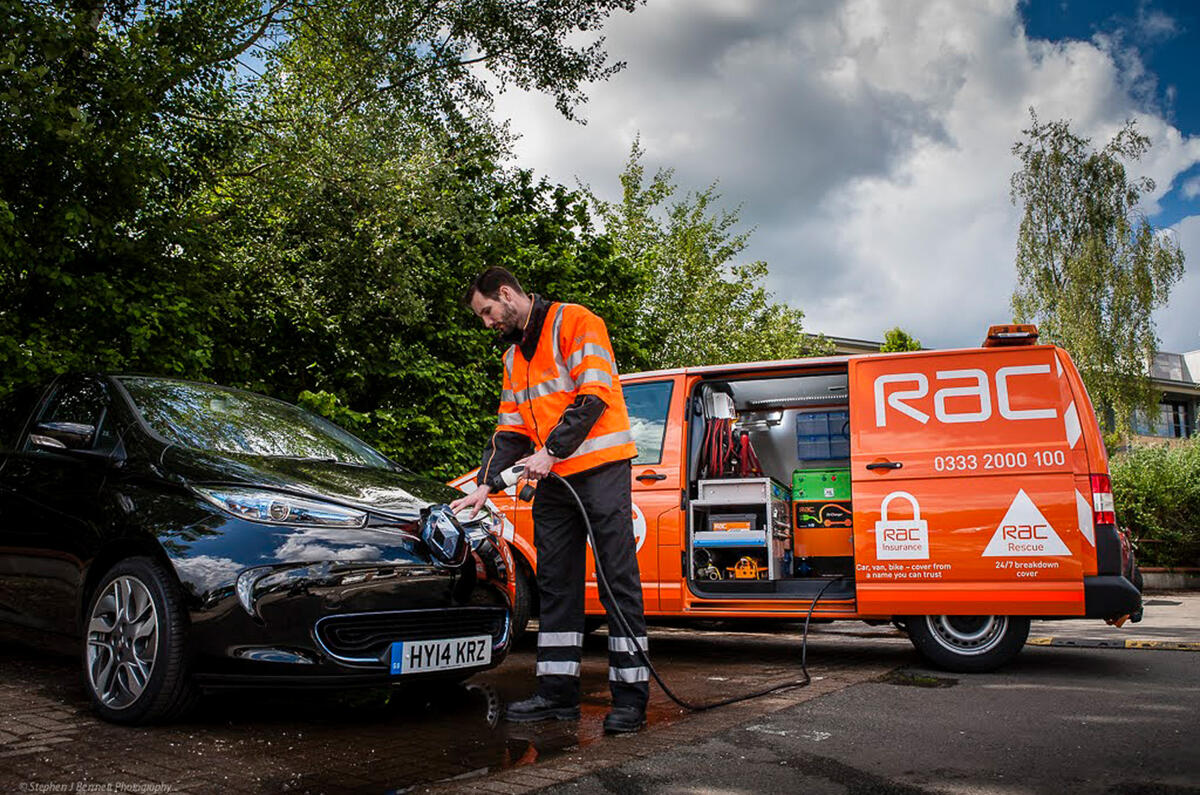
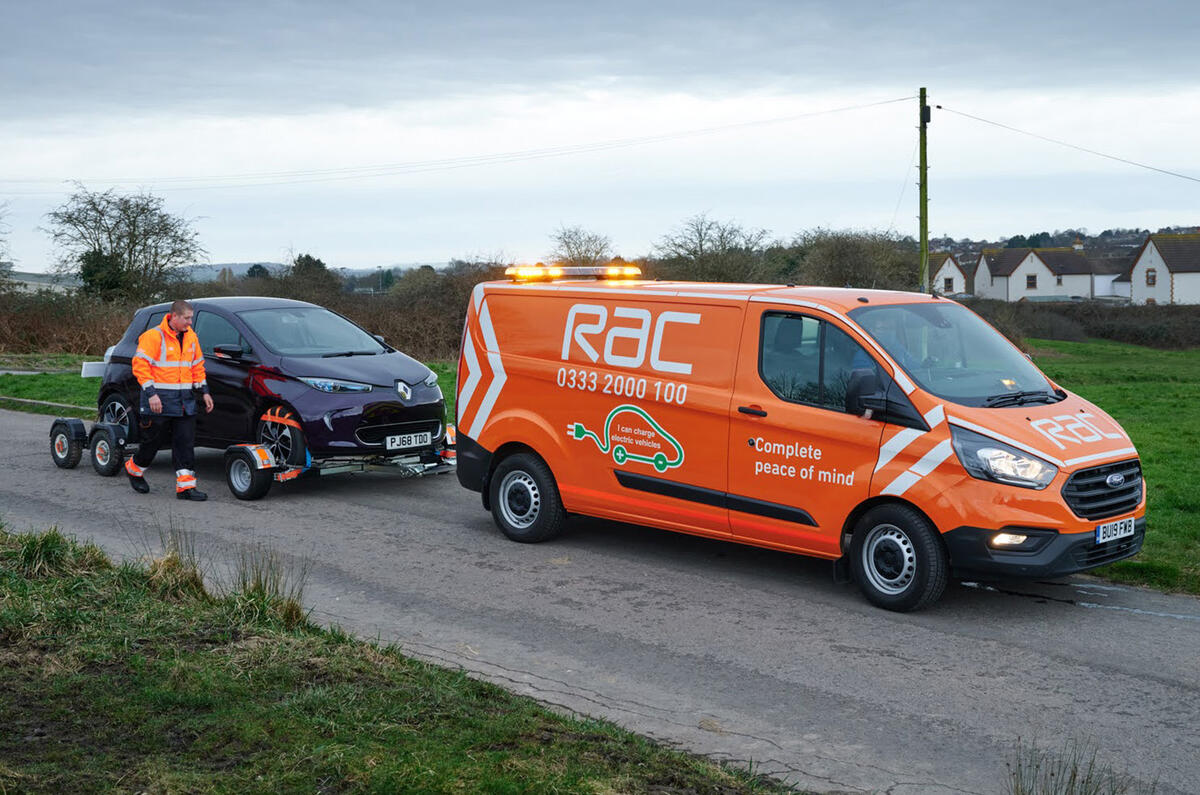
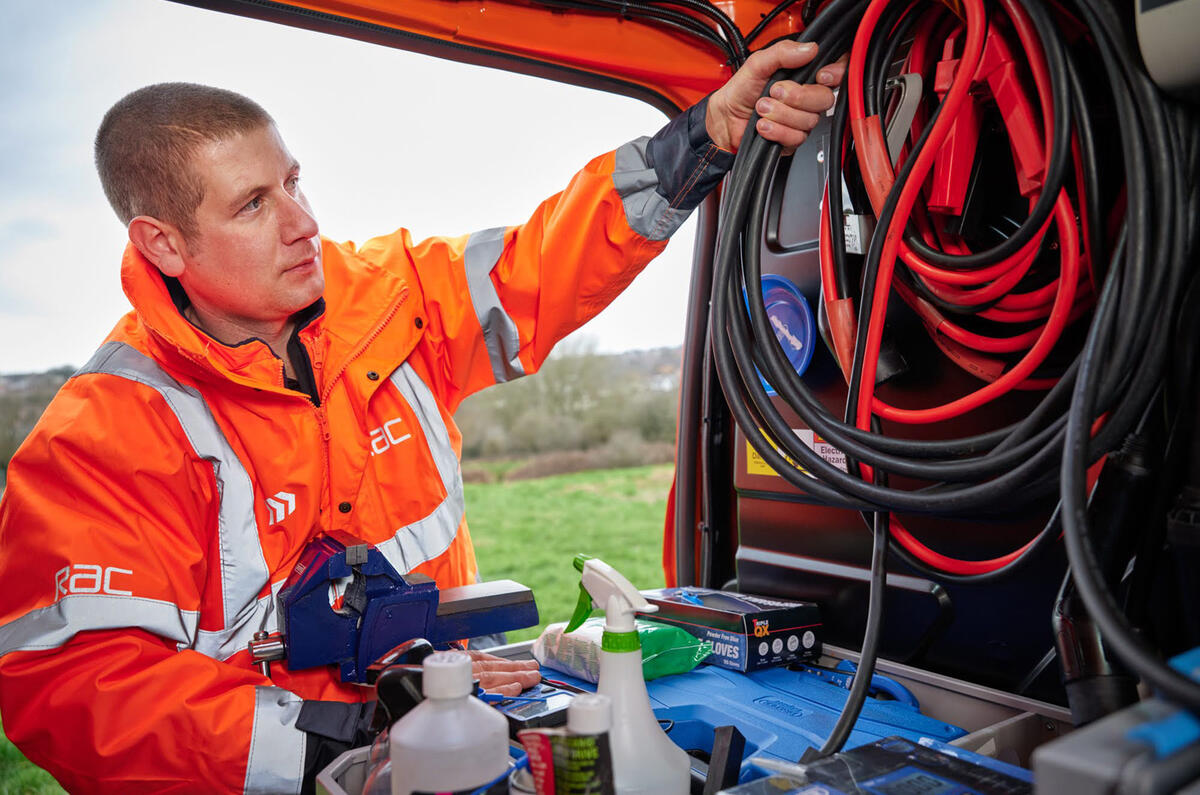
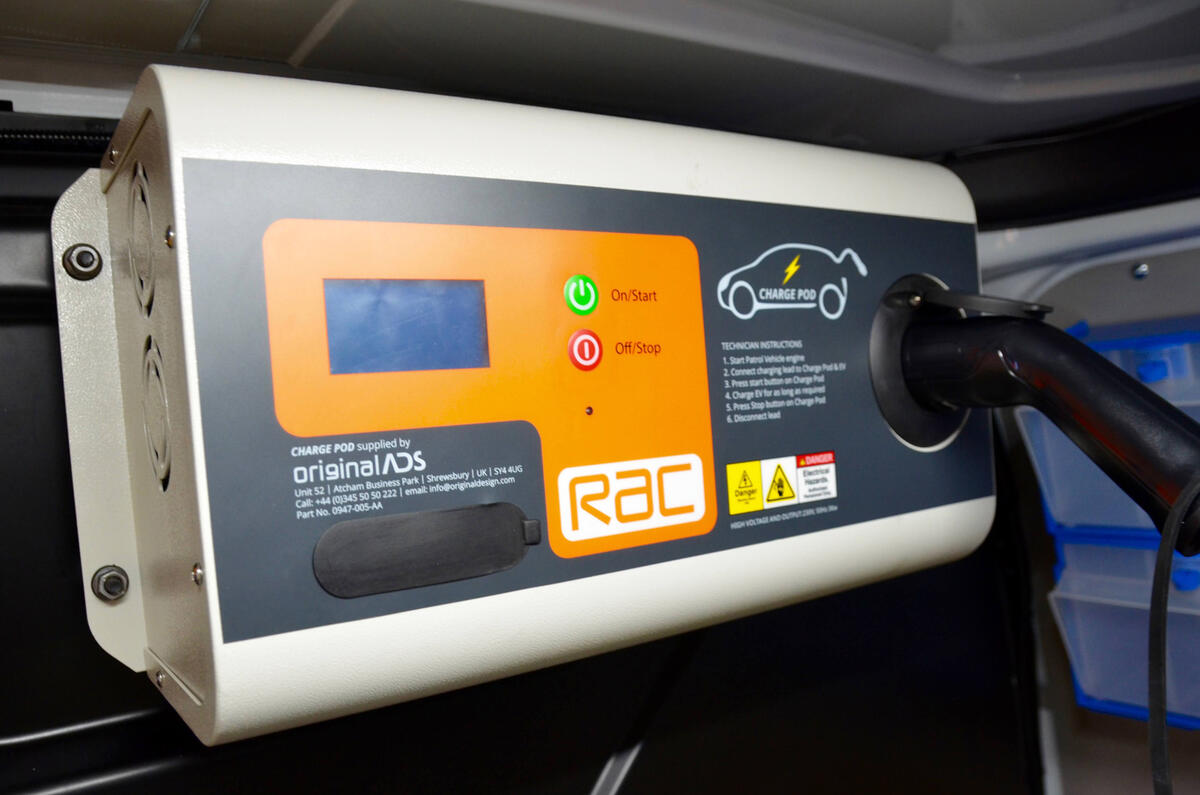
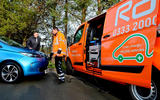
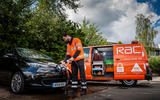
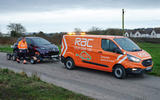

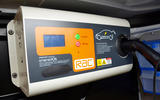


Join the debate
Add your comment
Not happy that EV's aren't designed for ease of towing - that's a bit of a dealbreaker, especially given the problems with smart motorways. Also disappointing that many drivers cannot apparently cope with flat tyres themselves.
@Chris. I've taught my daughter how to swap a wheel with a flat tyre, but also told her never try to do this on a motorway hardshoulder or somehere dangerous. In that case, get yourself somehwere safe and just call the AA!!